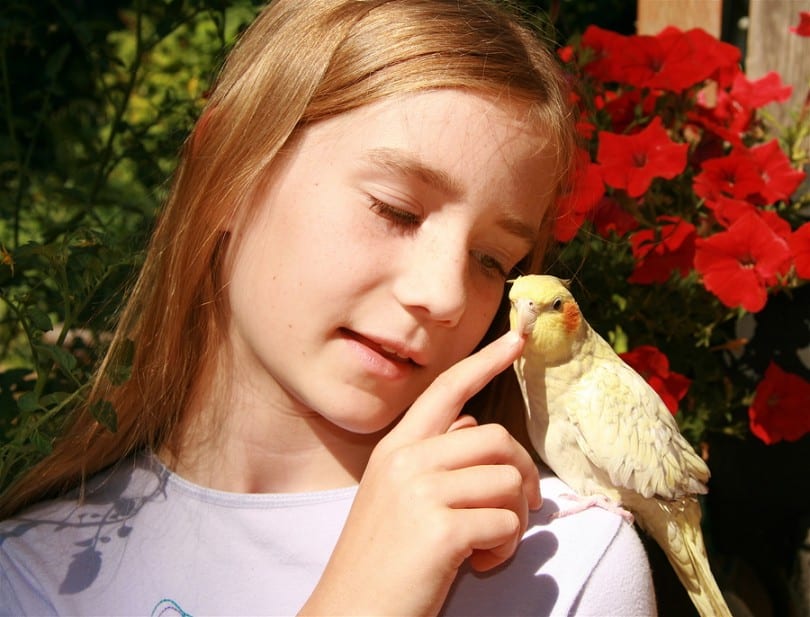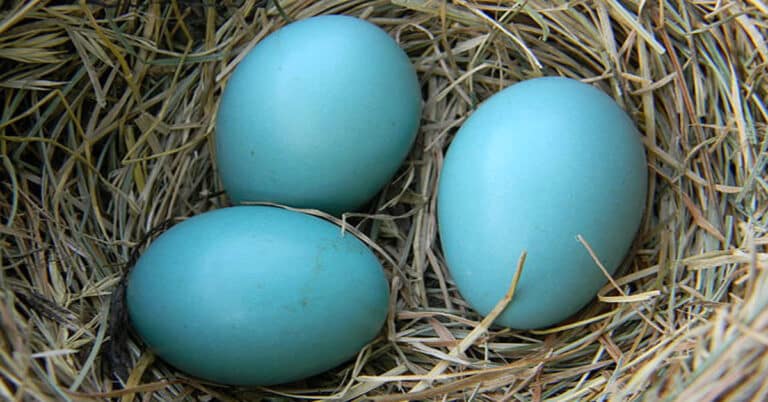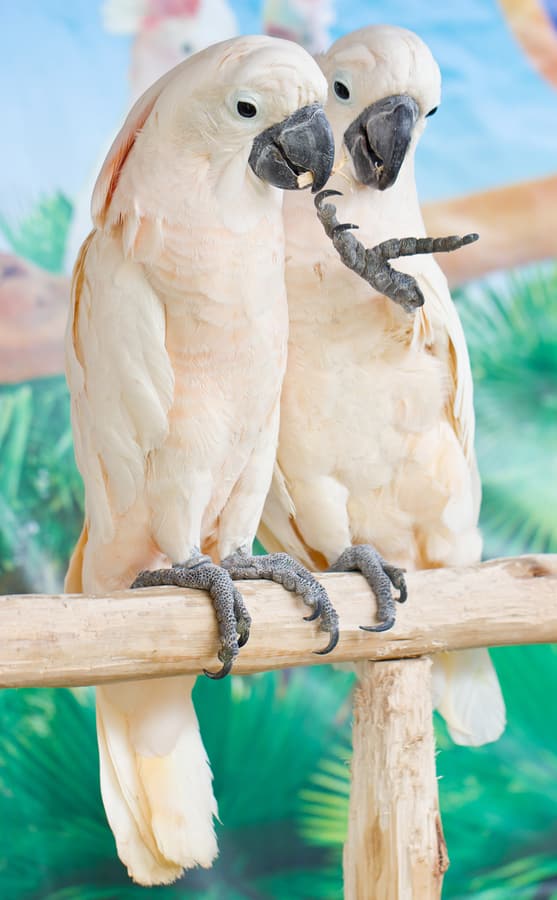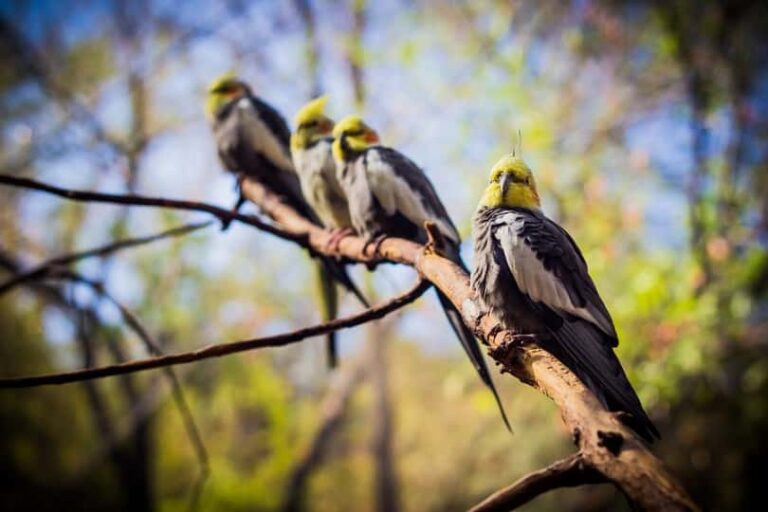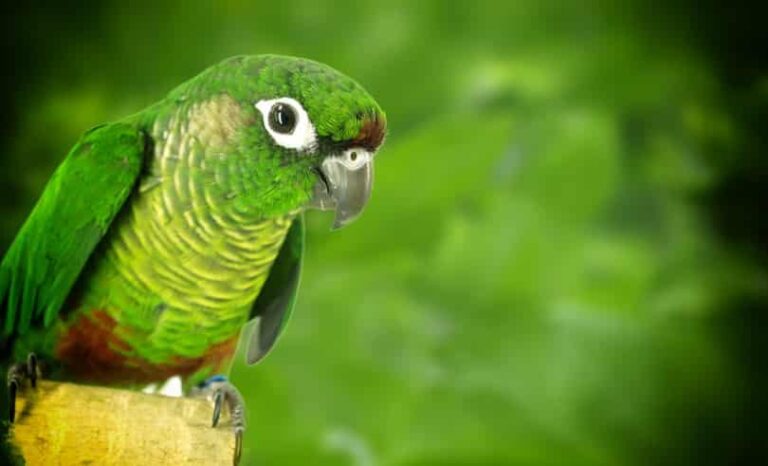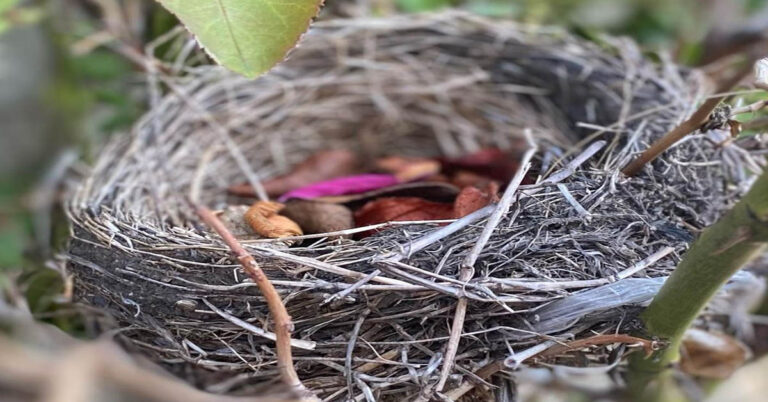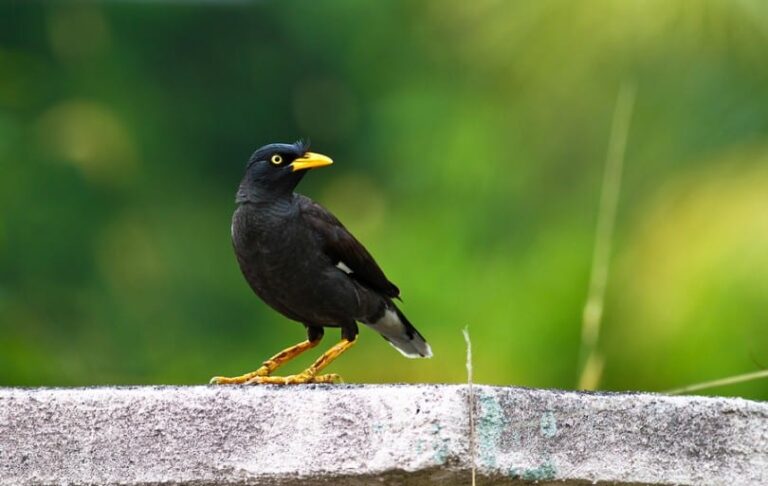Pet Birds
A Bird, belonging to the class Aves, is a two-legged egg-laying, and warm-blooded vertebrate. The characteristics of a bird can be explained as winged, feathery, lightweight, and flying animals. It has a beak but no teeth, and it lays hard-shelled eggs. The bird has a high metabolism, a strong skeleton, and a four-chambered heart. Every bird has small or big wings depending on the species, and almost all the birds can fly except the species known as Moa, which did not have wings and is believed to have gone extinct during the 16th century. The other birds that cannot fly are the Penguins, Ratites, and different endemic species found on the islands. The forelimbs have evolved into the wings in birds, over time.
Some of the species like penguins and ducks are more adapted to a water habitat and prefers swimming rather than flying. Different species of birds have diverse sizes and shapes. You can find the smallest 5cm Bee Hummingbird in this group as well as the big Ostriches that grow about 2.75 m tall. The birds have a unique respiratory and digestive system, custom-made for their flying ability. Birds are intelligent creatures, especially the Parrots and the Corvids that can talk, give visual signals and sing songs. Hence, many species are well known as pets since the ancient times. The first appearance of the birds in the fossil records dates back to the era of the Cretaceous, that is about 100 million years ago.
Bird Classifications
The globe consists of millions of birds falling in different groups, basically classified into categories depending on their genetic makeup, appearance, features and behavior. Such classification is also termed as taxonomy. Carl Linnaeus, the famous botanist and zoologist was the first person to create the bird classification system.
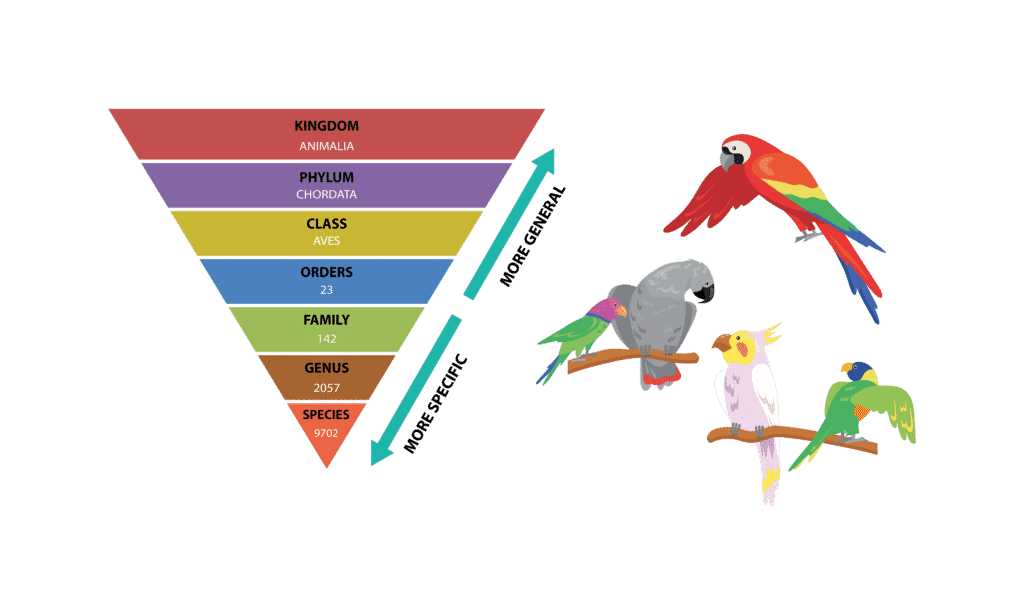
- Gaviiformes
- Ciconiiformes
- Podicipediformes
- Pelecaniformes
- Falconiformes
- Anseriformes
- Gruiformes
- Galliformes
- Columbiformes
- Charadriiformes
- Strigiformes
- Caprimulgiformes
- Coraciiformes
- Piciformes
- Passeriformes
- Apodiformes
- Psittaciformes
- Trogonyformes
- Procellariformes
- Phoenicopteriformes
- Pterocliformes
- Charadiiformes
- Suliformes
- The Birds belong to the kingdom Animalia.
- Then it is again classified into Phylum Chordata.
- This phylum is categorized into the class Aves.
- Class Aves is categorized into 23 orders, out of which half of the birds of the class Aves belong to the Passriformes.
- It is then classified into 142 families.
- Again, these families are divided into 2057 genus.
- The genus is distributed into 9702 species.
In some species, the small differences caused due to the different geographical condition lead to the classification of the species into subspecies.
History
Many researchers and scientists have proved from the bird fossil remains that the bird is actually a member of a specialized subgroup of Maniraptora group belonging to therapies that includes Ovariptorids, Dinosaurs and Drummers. This proves that the birds were present before thousands of centuries.
The concept of pet birds came into existence around 4000 years back. Till then the birds were used only as a food source. In the ancient times in China, people used to keep the pheasant bird at home, whereas the Egyptians kept the pigeons in the zoos. The poetries and writings that belong to 3000 years back has described parrots and many other birds. The Romans and Greeks kept talking birds like the Parrots and the Ravens at the entrance of their homes, and these creatures announced the arrival of any visitor. In the Europe during the medieval period, pet birds were a symbol of wealth and power. Only kings, queens and the people in clergy designation were allowed to keep parrots.
Classification of Pet Birds
Out of 2057 genus and 9702 species of birds, only a very small group of birds is considered as pet birds. Similar to the classification of birds, Pet birds are also categorized depending on its nature, features, habitats and structure.
Some of the Types of Pet Birds

Having discovered a fondness for insects while pursuing her degree in Biology, Randi Jones was quite bugged to know that people usually dismissed these little creatures as “creepy-crawlies”.

